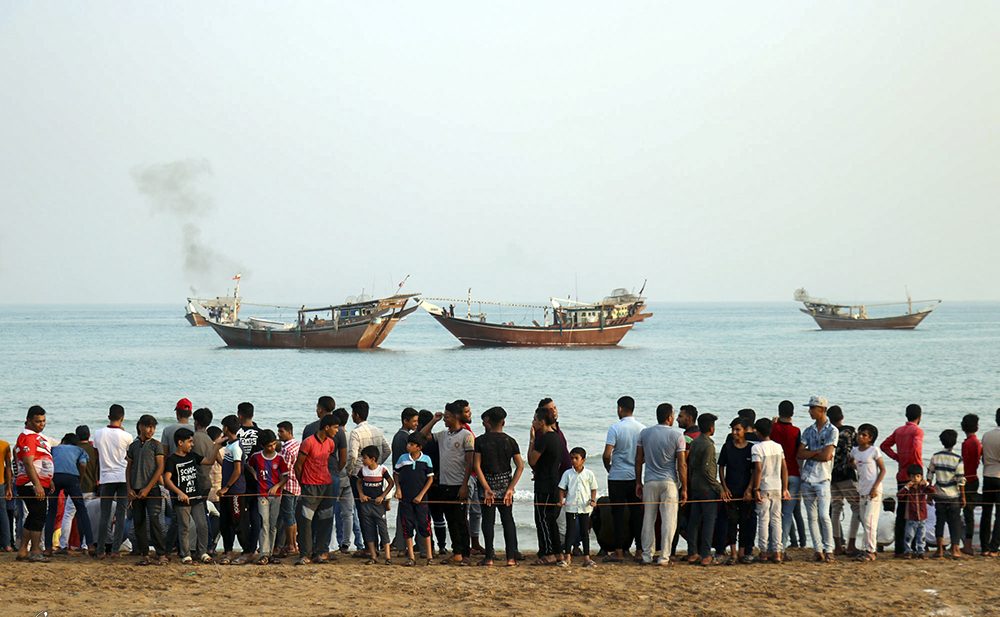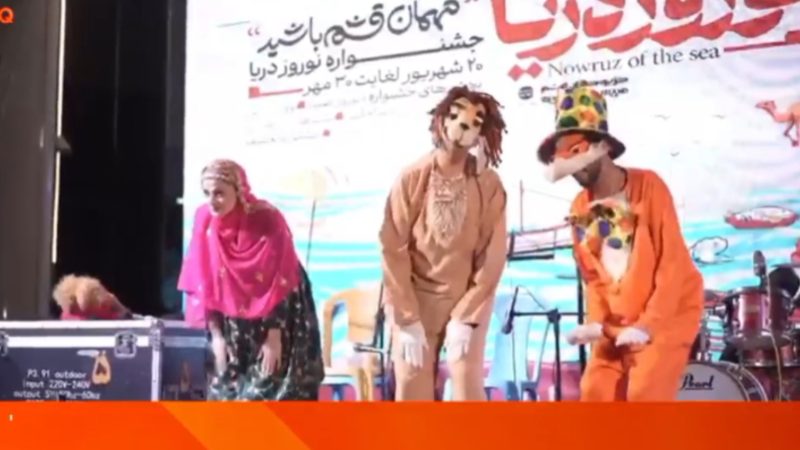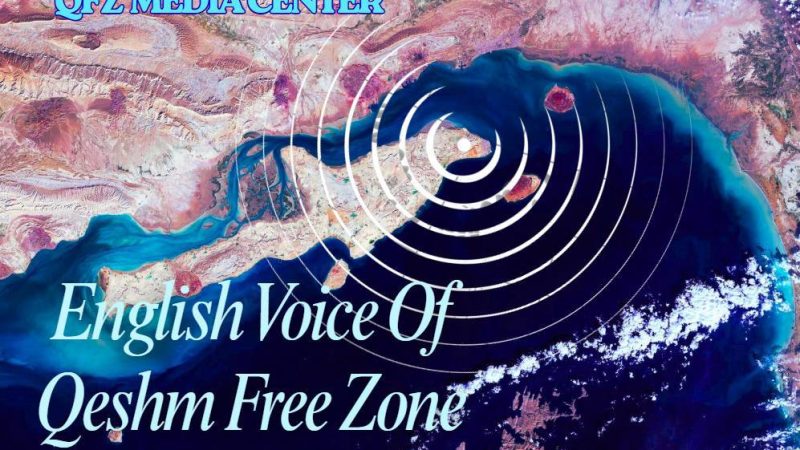The Art of Qeshm’s Boat Building and Maritime Traditions

Preserving a Timeless Craft on Iran’s Largest Island in the Persian Gulf
Introduction
Nestled in the heart of the Persian Gulf, Qeshm Island stands as a vibrant symbol of Iran’s maritime heritage. Known as the largest island in the Persian Gulf, Qeshm is famous not only for its unique biodiversity and natural wonders but also for its rich history of boat building, seafaring, and traditional maritime culture. This article explores the centuries-old art of Lenj boat building, fishing customs, and the resilient maritime identity of Qeshm’s people—while also serving as a helpful guide for tourists, researchers, and history lovers seeking to understand the island’s cultural soul.
Qeshm Island: A Strategic and Cultural Maritime Hub
Qeshm’s location in the Persian Gulf has historically made it a crossroads of trade between Persia, India, East Africa, and the Arabian Peninsula. For centuries, its skilled sailors and craftsmen played vital roles in regional commerce and cultural exchange. Today, the island’s traditional boat building industry continues to reflect this deep-rooted connection to the sea.
The Art of Lenj Boat Building
At the heart of Qeshm’s maritime culture is the traditional Lenj boat. These handcrafted wooden vessels have been used for generations for fishing, pearl diving, and trading across the Persian Gulf. Although modern boats have largely replaced Lenjs for commercial use, the craft remains alive thanks to dedicated boat builders on Qeshm who strive to preserve their heritage.
Key Features of a Traditional Lenj Boat
Made entirely by hand, often without blueprints
Built using hardwoods like teak and Indian rosewood
Held together with wooden pegs and natural adhesives
Decorated with symbolic carvings and marine motifs
Designed to endure long journeys across the Persian Gulf
Many of these boats are still constructed in traditional shipyards in the villages of Laft and Guran, where skilled artisans pass their knowledge from one generation to the next.
The Boatyards of Qeshm: Living Museums of Maritime Knowledge
Laft, an ancient port town on Qeshm Island, is a treasure trove of maritime history. Here, visitors can witness the entire boat-building process—from the selection of wood to the final touches before a Lenj sails out to sea. The sight of half-constructed wooden boats resting on the sand, surrounded by the aroma of sawdust and resin, offers a rare glimpse into a disappearing world.
Visiting Tip:
Travelers interested in cultural tourism should include a trip to Laft’s traditional boatyards on their Qeshm itinerary. Guided tours are often available and provide insight into this proud heritage.
Qeshm’s Maritime Traditions: Life Shaped by the Sea
Beyond the construction of boats, Qeshm’s residents have long maintained a way of life deeply connected to the Persian Gulf.
1. Fishing Culture
Fishing remains a cornerstone of daily life. Traditional fishing methods, including net casting and hand-lining from wooden dhows, are still used alongside modern equipment.
2. Pearl Diving
In earlier times, Qeshm was part of the Persian Gulf’s thriving pearl trade. Although no longer practiced commercially, stories and tools from the pearl diving era are preserved in local museums and oral histories.
3. Navigation by the Stars
Sailors from Qeshm traditionally navigated the Persian Gulf by reading the stars, winds, and tides—skills still taught in some coastal communities today.
Preserving Intangible Cultural Heritage
Iran has officially registered Lenj boat building and maritime culture of the Persian Gulf as part of its intangible cultural heritage. Organizations and cultural activists in Qeshm are now working with UNESCO and local communities to ensure that these traditions are not lost to time.
Workshops, educational programs, and tourism initiatives are being used to keep the craft relevant to younger generations while promoting cultural tourism in Qeshm.
Qeshm Island: Where Culture Meets Sustainability
Qeshm is not only rich in culture but also part of Iran’s first UNESCO Geopark. The blend of natural wonders, such as Hara Mangroves and the Valley of Stars, alongside traditional industries like boat building, creates a unique opportunity for sustainable tourism in the Persian Gulf.
In Qeshm Island, the sound of hammers hitting wood in old boatyards echoes a maritime tradition that has shaped the island’s identity for generations. The art of Lenj boat building, along with the everyday customs of fishing, navigation, and storytelling, offers a powerful reminder of the island’s bond with the Persian Gulf.
By visiting Qeshm and supporting its cultural artisans, travelers don’t just witness history—they become a part of its preservation



















بدون Comment